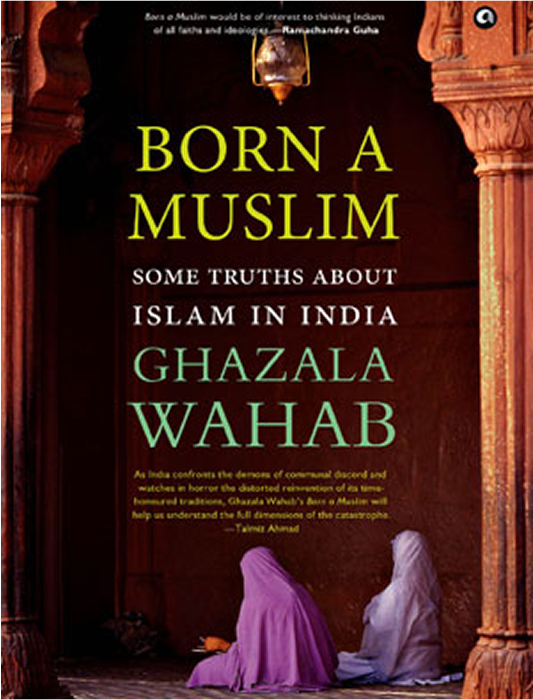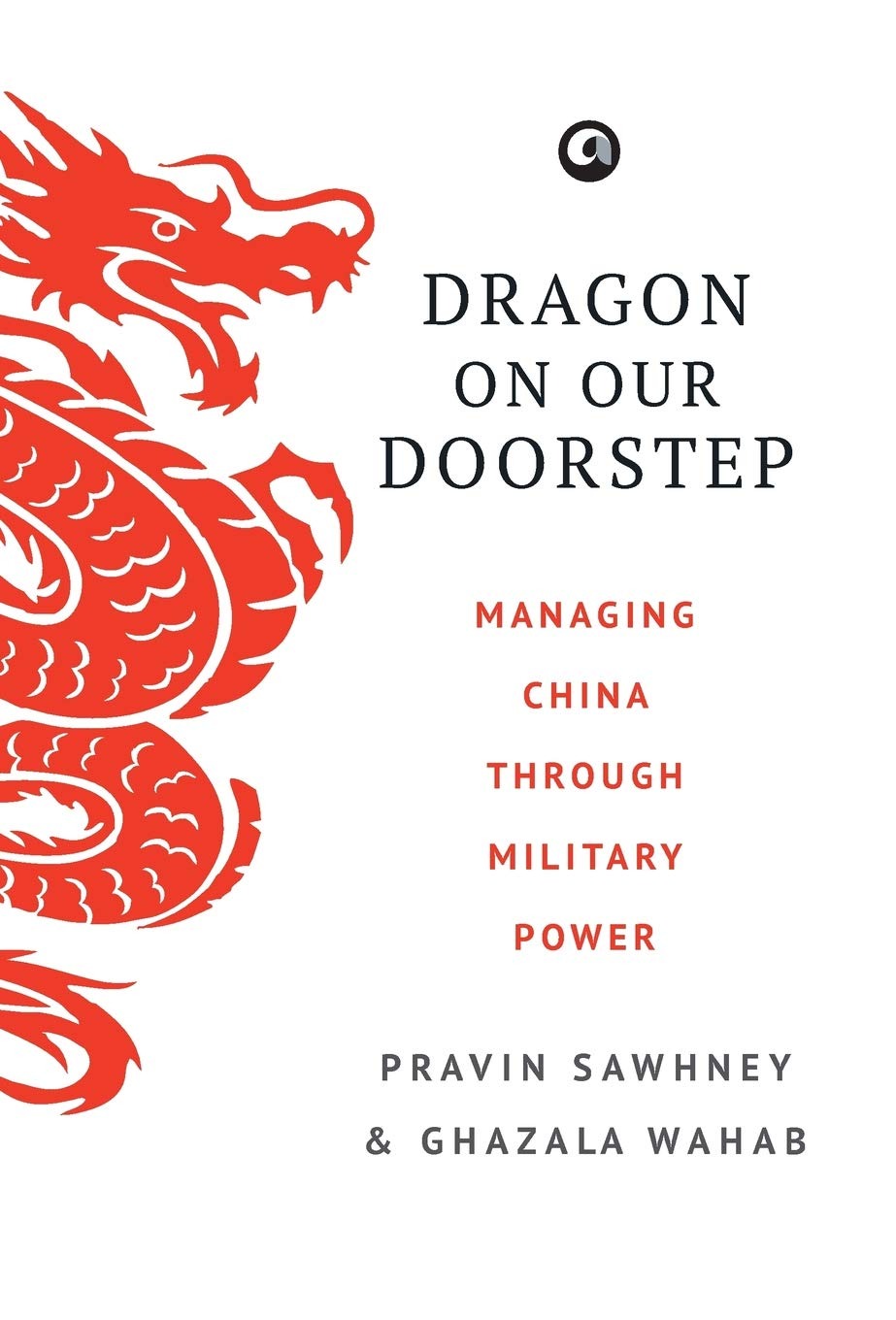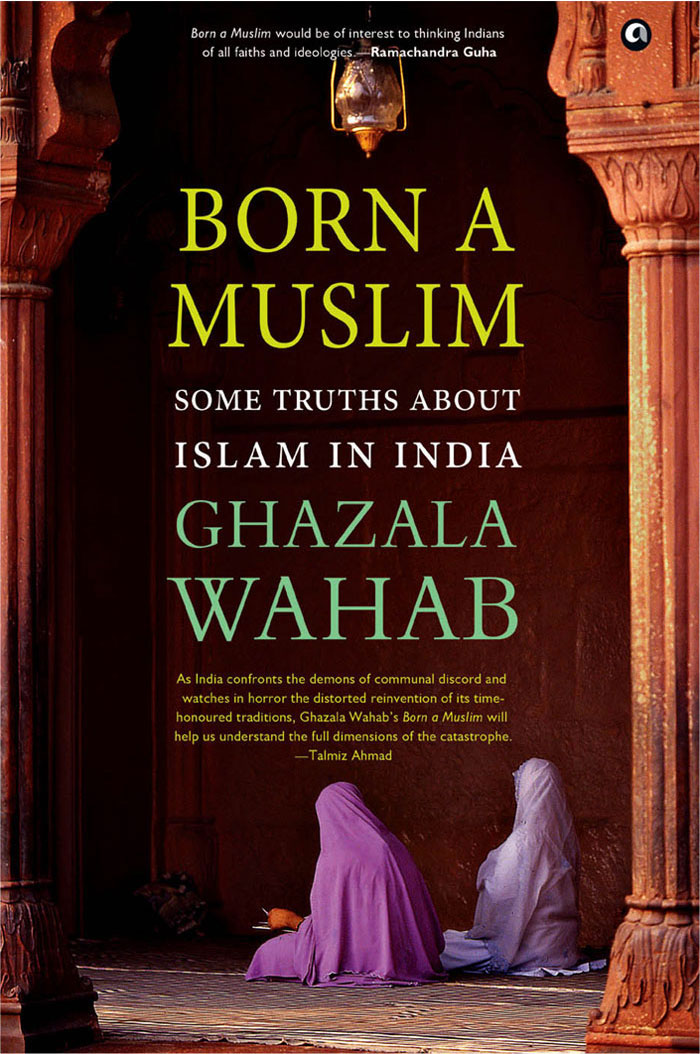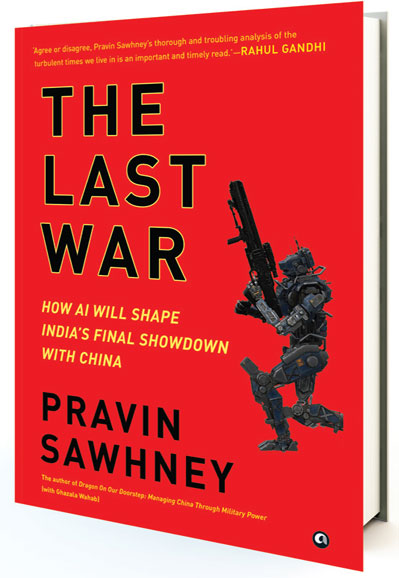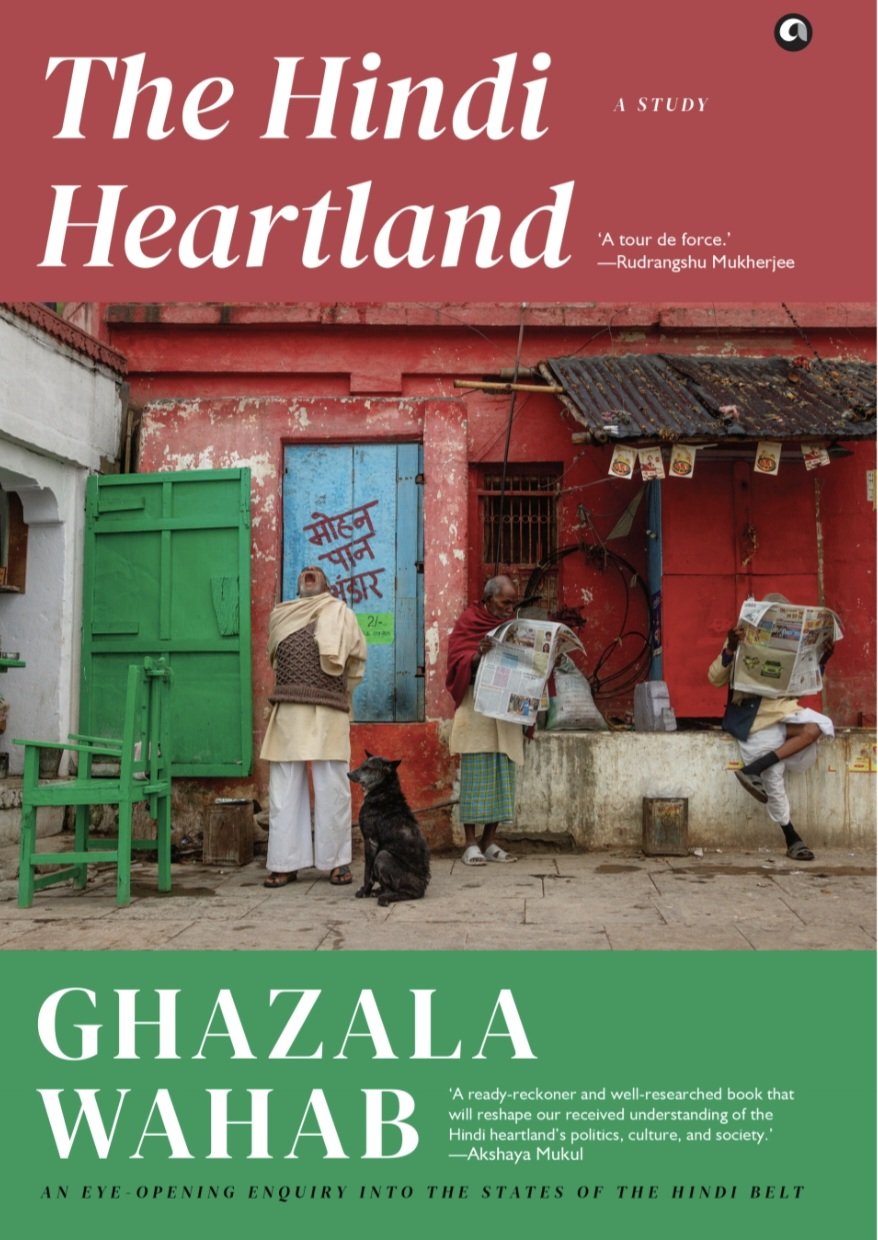Drop that Pellet
Smruti D
In May 2018, the Tamil Nadu police drew heavy criticism for opening fire at a protesting crowd. The people were angry about the expansion of the Vedanta Sterlite Copper Plant which they felt had violated pollution norms. It was the hundredth day of protests and despite the police warning of prohibitory orders being in place, the protestors, refused to stop moving ahead and began hurling stones and footwear at the policemen.
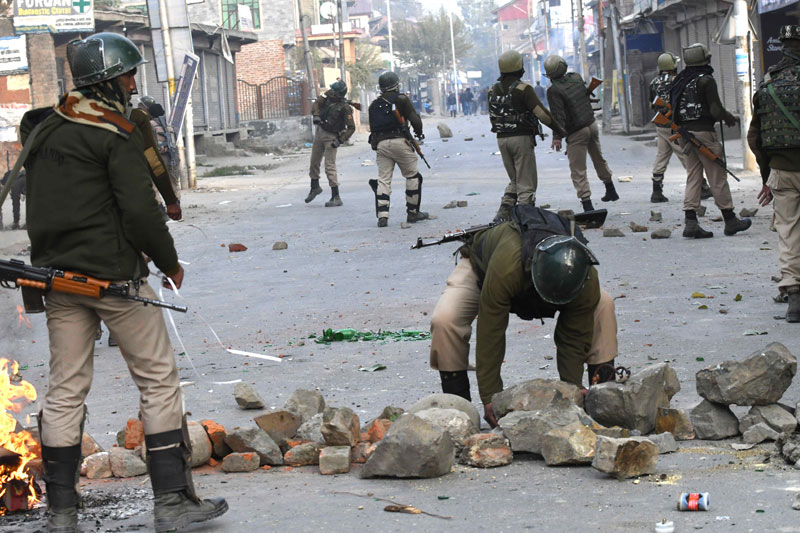
Stone Pelting Nowgam
Initially, the police used tear gas but the crowd didn’t dissipate. This forced the police to fire which left more than 10 people dead and nearly 100 injured. In news broadcasts and viral videos of the incident, the police were seen climbing on top of vehicles and aiming their guns at the protestors. This incident, and many more before this, has brought to the fore the fact that Indian police need to have better crowd-control techniques and equipment.
India’s crowd-control guidelines mandate non-lethal applications. The above incident clearly did not follow it. Generally, police excesses in India start with lathi charge, which is a colonial era concept. But they are not expected to use force until necessary. A protocol has to be followed to disperse crowds. The first step is to use tear gas and give a warning; if the crowd still does not disperse, then water cannon should be used but only after the crowd has been given enough time to disperse. The third and the last stage of using non-lethal weapons is using the lathi. The police is supposed to warn people to leave. After this, a magistrate or senior police officer gives in writing an order to use fire. The order has all the details of how the firing has to be done. It should be in a controlled manner and not hit above the waist.
In February 2020, Delhi police came under the scanner for their poor handling of unruly mobs that led to communal violence. It was the worst violence in decades, resulting in deaths and huge infrastructural damage. While various reasons for the poor handling of the riots were discussed—from lack of leadership and inexperience of the police in facing such riots to them being biased against one community—nobody talked of the lack of latest equipment with the police force. Had the police had proper equipment and protective gear they could have controlled the riots efficiently.
(Un)ethical Crowd Control
For a democracy to stay vibrant, it is important that people come out on the streets and protest peacefully. And it is equally important that the police and paramilitary forces have latest equipment and technology to control unruly protestors. However, in recent times, violent crowds have shown the lack of preparedness of the police. Besides, lathis, tear gas and water cannons, Indian police has been using pellet guns to control mobs. People have become familiar with pellet guns after they were used widely during the clashes between security forces and civilians in Kashmir.
1
The Indian government originally deployed these guns after the 2010 unrest as ‘non-lethal’ equipment along with two other equipment: TASER guns and pepper spray. However, it has become evident that these guns are anything but ‘non-lethal’. Pellets are made of metal and may or may not be covered by a thin 1mm or 2 mm rubber sheets. These guns can be life-threatening because they have the capacity to kill. Civilian
Subscribe To Force
Fuel Fearless Journalism with Your Yearly Subscription
SUBSCRIBE NOW
We don’t tell you how to do your job…
But we put the environment in which you do your job in perspective, so that when you step out you do so with the complete picture.



